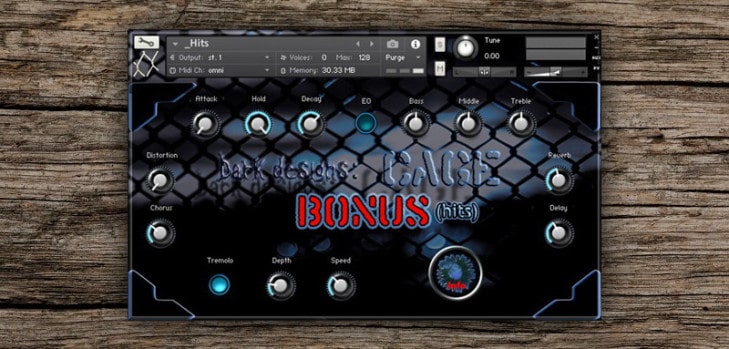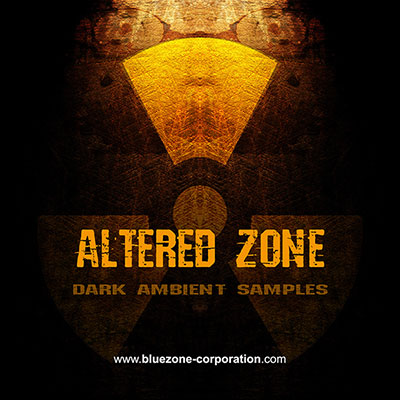
To isolate the signal, it is necessary to perform a differential measurement: measure a known reference and subtract it from each of the raw outputs, canceling the common-mode background. The raw output of many scanning radiometers is a small, rapidly varying signal superimposed on a large background that varies more slowly, due to thermal drifts and 1/f noise. As a result, for three (or four) steps, we calculate a multiplicative bandwidth of 1.8:1 (2.3:1), sufficient to handle the visible band (400 to 700 nm, 1.8:1) and most of TripleSpec (2.6:1). Net noise grows as step phases change from symmetrical arrangement with wavenumber across the band. Readout noise is minimized by the use of three or four steps instead of 10 of TEDI. At low boost (~1×) EDI has ~1.4× smaller noise than conventional, and at >10× boost, EDI has ~1.4× larger noise than conventional. The multiple delay EDI using a Gaussian distribution of exposure times has noise-to-signal ratio for photon-limited noise similar to a classical spectrograph with reduced slitwidth and reduced flux, proportional to the square root of resolution boost achieved, but without the focal spot limitation and pixel spacing Nyquist limitations. We find a sum rule for the noise variance for multiple delays. This is due to the frequency shifting of the noise due to the heterodyning effect. We show that a single interferometer delay can be used to reduce the high frequency noise at the original resolution (1× boost case), and that except for delays much smaller than the native response peak half width, the fringing and nonfringing noises act uncorrelated and add in quadrature. This part 2 describes theoretical more » photon limited and readout noise limited behaviors, using simulated spectra and instrument model with noise added at the detector. Data analysis, results, and instrument noise are described in a companion paper (part 1).


We demonstrated very high (10×) resolution boost and dramatic (20× or more) robustness to point spread function wavelength drifts in the native spectrograph. These are the first multidelay EDI demonstrations on starlight.
#DARK NOISE SAMPLERS SERIES#
primary mirror in series with the comounted TripleSpec NIR echelle spectrograph. Palomar, with the TEDI interferometer mounted within the central hole of the 200-in. High-resolution broadband spectroscopy at near-infrared (NIR) wavelengths (950 to 2450 nm) has been performed using externally dispersed interferometry (EDI) at the Hale telescope at Mt.


 0 kommentar(er)
0 kommentar(er)
